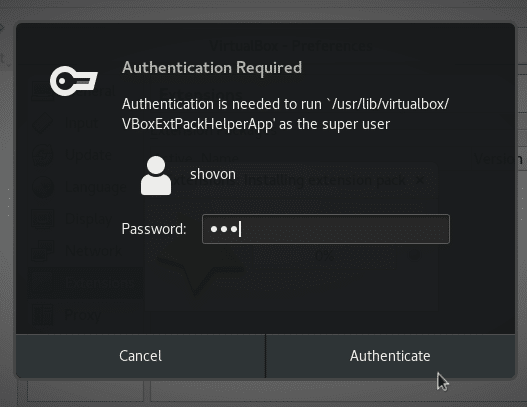

The first option is the ideal way to proceed. Moving on to the installation, when you start the virtual machine, you will see this screen: If you want to do things yourself, you should follow our Arch installation guide. In this article, we focus on the guided installer. All you have to do is follow the on-screen instructions and choose the appropriate options for your installation. So, with the help of a guided installer, you don't have to install a desktop environment and other essential packages separately. it gives you all the options you need to set up a complete Arch Linux system. Install Arch Linux Using the Guided InstallerĪrch Linux has made installation easy by introducing a guided installer, i.e. Now press “ Beginning” to start the virtual machine and start the installation. This is what the virtual machine setup should look like with the ISO set as the disk to boot: Once you select it, press “ okay” to save changes to your settings. Here, you will have to click on the “ Empty” under Driver and then proceed to select the Arch Linux ISO file as the disk file (as shown in the image above). To do that, navigate to the “ Storage” virtual machine settings. You can also go separately to the virtual machine settings to explore more and choose the ISO file.

Once the VM has been listed, you can view its settings and select the ISO as the drive under the Storageoption.

Add ISO File to Start Installing Arch Linux Now, all you have to do is press “ To create” to add the virtual machine. In other words, 15GB of your disk space will not be locked up as soon as the virtual machine is created.

VDI is the most common hard drive type for virtual hard drive.Īnd, when you select the “ dynamically assigned” option for hard disk storage, it means that the storage space will be used according to usage. Next, you need to select the file type from your hard drive as “ VDI (VirtualBox Disk Image)” and storage as “ dynamically assigned”, as shown in the image above.


 0 kommentar(er)
0 kommentar(er)
